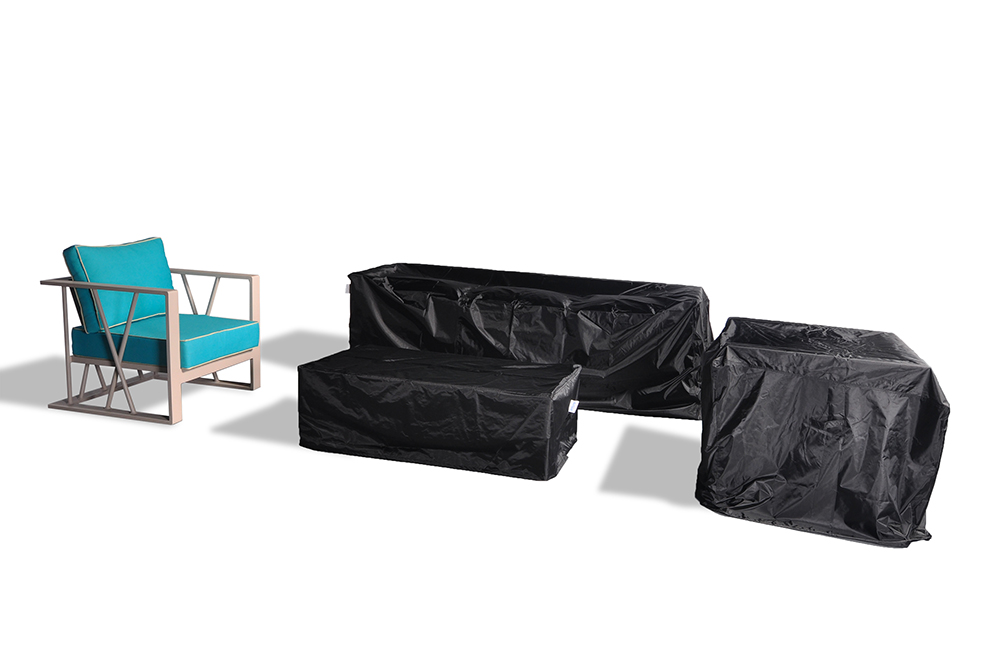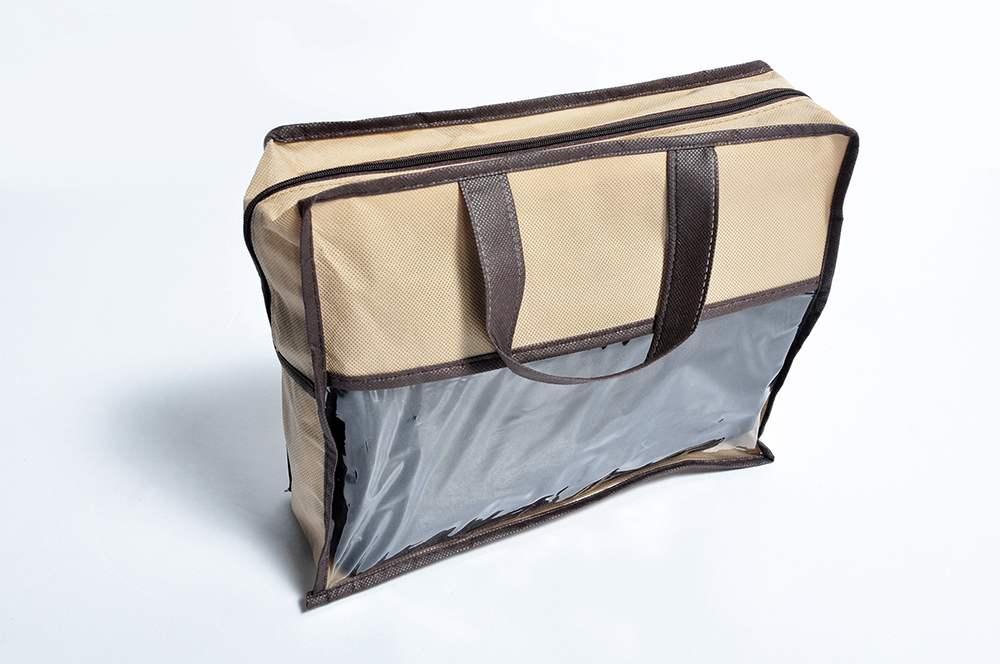(1) From the perspective of the domestic market, according to estimates by experts, China's GDP will increase by 2.94% after entering the WTO and will increase the output value of more than RMB 200 billion. The increase in the production of various commodities and the increase in added value will correspondingly increase the output value of packaged prints; the entry of a large number of diplomatic enterprises, the increase in business activities will increase the demand for commercial printing, and the opening of services such as finance, insurance, telecommunications, and commercial circulation. It will also increase the output value of commercial printing, ticketing, and printing; the increase in the export of textiles, home appliances, daily industrial products, textile and apparel products, general machinery and electronic products, and the increase in processing of incoming materials will provide more opportunities for development in the packaging and printing industry. . Thus, based on past practice, the growth index of the printing industry is 1-2% higher than the GDP growth index.
(2) From the perspective of the international market, the number of members of the World Trade Organization has reached 143, and over 90% of world trade is conducted among WTO members. After China's accession to the WTO, China enjoys a wide range of results of trade liberalization implemented by WTO members, which is conducive to expanding exports, thereby providing the packaging and printing industry with a broad space for development.
(3) Import tariffs for various imported equipment such as various high-grade papers, inks, plate-making plates, and flexo plates will be gradually reduced, which will help packaging and printing companies improve product quality and reduce production costs. Therefore, it is beneficial to improve the competitiveness of enterprises. For example, from January 1, 2002, the average tariff level will drop from 15% to 12%. The average tariff rate for mechanical and electrical products will drop to 9.6%, the import duty rate for printing machinery will decrease from 18-22% to 12-14.8%, and the average decline will be 32-33%. After that, the tariff rate will be lowered every year.
It is understood that China has promised that the import tariffs on paper (coating paper, white paper, newsprint, etc.) will be reduced from the current 12-25% to 5-7%. Each year, China's printing industry needs to import 550-600 million tons of paper, a large part of which is for packaging and printing companies.
In addition, the direct plate materials used for packaging and printing are also affected by the promotion of their use in packaging and printing plants due to the high import prices.
(4) After the accession to the WTO, plate-making equipment, printing equipment and accessories will also have a significant reduction in tariffs. For domestic printing companies, the current localization rate of prepress systems is very low. Most high-speed multi-color offset presses are imported. The reduction in tariffs will undoubtedly benefit packaging and printing companies, the introduction of advanced equipment, and technological transformation. At the same time, the reduction in the cost of imports of spare parts and accessories also reduces the burden on companies.
(2) Challenges (1) After China's accession to the WTO, foreign capital has entered China's printing market, especially the packaging and printing industry, and it has become a general trend. In August of this year, the State Council issued the revised "Printing Industry Management Regulations," which stated in Article 12 that: "The State permits the establishment of Chinese-foreign joint venture printing enterprises, Chinese-foreign cooperative printing enterprises, and allows foreign-funded enterprises engaged in the printing of packaging and decorating printed matter. ".
As a matter of fact, as early as in 1997 when the “Regulations on Printing Industry Management†was promulgated, there were more than 2000 foreign-funded printing companies in China, a considerable part of which were wholly-owned enterprises, and nearly 45% were in Guangdong. Shanghai had 177 "three-funded" printing companies in 1998. Although it only accounts for 4.3% of the total number of printing companies in Shanghai, its sales accounted for 28.5%, and total profits accounted for 32.4%. With China's accession to the WTO, some powerful foreign groups will be more optimistic about the Chinese market. The international printing giants Donnelly, King Kong, Huihao, and United have already entered the Chinese market. Another example is the entry into the "Fortune" magazine's top 500 international media giants - the Bertelsmann Group has recently signed a letter of intent with the Shanghai Zhonglie Group and the Shanghai Color Group to form a joint venture.
The joint venture company, which is invested by Bertelsmann Group, accounts for 50%. The company's investment in the first phase is US$29 million. It has invested more and will use the world’s most advanced equipment. It has become one of the largest Sino-foreign joint ventures in China with the management of books, books, and printing. Foreign printing equipment manufacturing companies and printing equipment manufacturers are also optimistic about the Chinese market. For example, BOBST company has already invested in the production of folder-gluers and other equipment in Shanghai several years ago; Shanghai Hai'ao Coley Printing Machinery Co., Ltd. The ceramic anilox roller used in the production of flexo presses in Australia has recently been optimistic about the Chinese market and has moved the factory to Shanghai; the American company Ary also has set up factories in Kunshan and Guangzhou to produce self-adhesive paper; The company Lintec planned to open a self-adhesive paper mill in China two or three years ago. Due to the fact that the “Regulations†restriction has not yet been fulfilled, the “Regulations†will immediately launch the establishment of a sole proprietorship enterprise.
In general, foreign-funded enterprises have advanced printing equipment technology, excellent quality of printed products, high production efficiency, flexible operating mechanism, advanced management system, and light social burden. Competing its advantages with domestic packaging and printing companies is obvious.
(2) The development of high and new technologies and the advancement of digital networking will pose new challenges to traditional printing and equipment and equipment companies. After joining the WTO, such challenges and impacts will be more direct and serious. Take the two high-tech examples of direct platemaking and digital printing as examples.
Direct plate-making technology only made its debut in 1994, and at the printing show in Chicago in 1997, you already saw a variety of finished products. In this way, from 1995 to 2000, it took a total of 5 years and the world's direct plate making equipment reached 12,500. By 2005 it will reach 65,000 units, and growth is expected to exceed 5 times.
Another example is digital printing technology. CTP-3 and digital process technologies and products can be seen everywhere in DRUPA2000. Digital printing technology has greatly expanded the market opportunities for printing plants.
Digital networking has another very significant effect. When functions are being developed into the network, business processes are accompanied by this process. Information such as quotations, contracts, job tracking, invoices, and information collection are increasingly being implemented over the Internet.
(3) Withdrawal of state-owned and state-controlled enterprises from the general competition field (The research team of the National Bureau of Statistics stated in a study report that “state-owned economy has become a controlling force for economic developmentâ€: the state-owned industrial industry advances and retreats the category of printing industry For category 3). This will inevitably lead the printing industry enterprises to adjust the system, industrial structure and product structure, and a group of powerful large enterprises or enterprise groups will be formed; the division of labor and cooperation among enterprises in different regions, industries, and enterprises of different sizes will make SMEs Economies of scale can also be formed, and joining the WTO will promote this major adjustment and large restructuring. (To be continued)
Outdoor furniture covers are polyester outer sell with PVC coating inside, keeps the elements out covers wipe clean with a damp cloth and mild soap, with a high seam strength and durability, don`t fade or crack in the sun.
Our outdoor furniture covers provide an unparalleled level of protection for your outdoor furnishings. Designed with meticulous detail, these durable covers with polyester outer shell and a layer of water-resistant PVC to ensure superior performance and long-lasting functionality in searing sun, blinding rain, prodigious snow, and bitter cold.
• Lined with a layer of water-resistant PVC
• Soft fleece underside protects aluminum frames
• Won't fade in the hottest sun, or crack in temperatures dropping to 0°F
• Elastic edging and/or reinforced ties hold covers securely in place


If you have any questions, please contact with us directly. Outdoor Furniture Covers are produced by Golden Eagle Outdoor Furniture With High Quality and Good Appearance. Welcome you visit our Factory. For any inquiry,Please send mail directly to us.
Outdoor Furnniture Covers,Outdoor Furnniture Rain Covers,Outdoor Covers For Furniture,Outdoor Patio Furniture Covers
Golden Eagle Outdoor Furniture Co., LTD. , https://www.gerattan.com